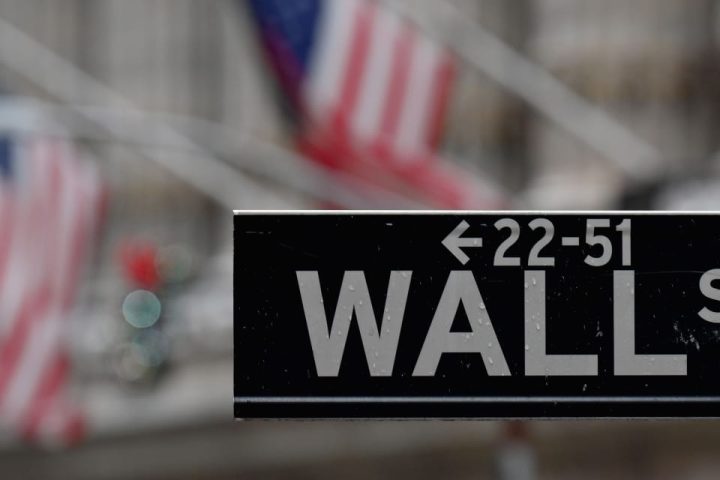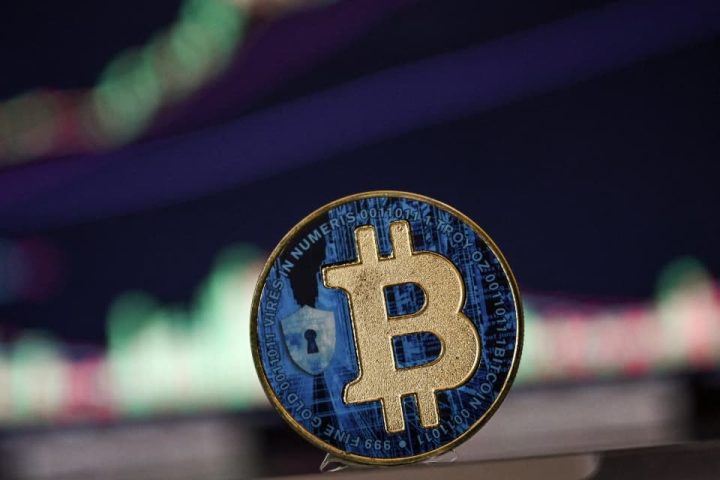U.S. stocks are struggling to advance early in 2024, as investors digest the start of company earnings reports kicked off by Wall Street banks and eye inflation ahead of a closely watched retail-sales report.
“The stock and bond markets are marking time,” said Yardeni Research in a Jan. 11 note. “They might continue to do so during the first half of this year,” the firm wrote, but “the stock market should resume its advance during the second half.”
The S&P 500 index has been trading near its all-time closing peak reached more than two years ago, briefly rising above it on Thursday as it flirted with a fresh record close, but the index ended the session with a slight decline, and its gains last week left it barely in the green for January.
The two other major U.S. stock indexes, the Dow Jones Industrial Average
DJIA
and Nasdaq Composite
COMP,
ended Friday with modest declines to date in 2024 despite weekly gains. Investors are now looking ahead to a report on U.S. retail sales in December, due out on Wednesday, for a window into the strength of consumers to keep fueling the economy.
“We know the consumer, largely because of the job market, has held our economy up reasonably well,” said Bob Doll, chief investment officer at Crossmark Global Investments, in a phone interview. “The question will be, are they still able to spend money?”
Doll said he expects consumer spending in December probably slowed a bit from November, as people no longer have the same pile of excessive savings they built up during the pandemic.
He forecasts the S&P 500 may end 2024 at 4,350, which is down 9% from its closing level Friday, saying he expects companies’ earnings growth to be lower than current consensus estimates.
The S&P 500
SPX
edged up on Friday to close at 4,783.83 — its highest level since Jan. 4, 2022, and 0.3% below its record close of 4,796.56 on Jan. 3, 2022, according to Dow Jones Market Data.
“I think it’s fully valued,” said Doll. The index’s current price-to-earnings ratio, at 20, is “probably not sustainable.”
As for the start of earnings season, shares of JPMorgan Chase & Co.
JPM,
Bank of America Corp.
BAC,
and Wells Fargo & Co.
WFC,
all ended down on Friday after reporting their fourth-quarter results.
Goldman Sachs Group Inc.
GS,
and Morgan Stanley
MS,
are set to release their quarterly earnings on Tuesday, following the federal holiday honoring the civil-rights leader Martin Luther King Jr.
Meanwhile, UnitedHealth Group Inc.
UNH,
was the worst-performing stock in the Dow Jones Industrial Average on Friday after reporting its fourth-quarter earnings, FactSet data show.
‘A big ask’
“The market is looking for a trifecta,” including the U.S. avoiding “even a mild recession,” the Federal Reserve making around six interest-rate cuts by the end of December, and inflation falling sooner to the Fed’s 2% target than expected, said Sandi Bragar, chief client officer at Aspiriant, in a phone interview.
“Those are three pretty lofty things,” she said. “[Betting on] all three of those things happening is a big ask.”
Investors last week saw two readings on inflation in December, covering both consumer and wholesale prices. The consumer-price index on Thursday showed a slightly bigger rise than Wall Street anticipated and accelerated to a year-over-year rate of 3.4%, while a Friday report on wholesale inflation measured by the producer-price index was softer than anticipated.
The consumer-price-index reading was “hotter” than forecast, “but underneath the surface it shows that the Fed is very close to achieving” its 2% inflation target, according to a DataTrek Research note emailed Thursday. The federal-funds-futures market took the inflation data “as a sign that the Fed will be more, not less, likely to cut rates this year,” said DataTrek co-founder Nicholas Colas, in the note.
But Crossmark’s Doll worries “inflation may not fall as fast as people” are hoping. It’s probably “a little more on the sticky side than the market thinks,” he said.
Meanwhile, the U.S. unemployment rate has remained historically low, even amid the Fed’s effort to slow the economy and bring down inflation through restrictively high rates.
Against the backdrop of a resilient labor market, real wage growth has “provided a boost to consumers’ pocketbooks,” helped in part by a decline in gasoline prices, said David Doyle, head of economics at Macquarie Group, said in a phone interview.
But he worries the U.S. may see an “undesirable rise” in the unemployment rate this year, potentially nearing 5%, up from 3.7% in December. “Our base case is that you have a year of flat real GDP growth” in 2024, said Doyle, but “certainly a softer economic-growth environment.”
Doyle said such a rise in the unemployment rate would justify a significant portion of the 225 basis points in rate cuts he expects in 2024, beginning in June. That implies nine quarter-point rate cuts.
The fed-funds-futures market is anticipating the Fed may start reducing rates as soon as March, possibly by as much as 175 basis points through December, from its current target range of 5.25% to 5.5%, according to the CME FedWatch Tool on Friday.
‘Not leaning into them’
As for portfolio positioning, Bragar said Aspiriant favors a split in equity portfolios between opportunistic and defensive bets while underweighting the seven megacap tech stocks that carried the S&P 500 to its huge gains last year.
“We have them in the portfolio, but we are not leaning into them,” she said.
The so-called Magnificent Seven stocks, with their outsized weighting in the S&P 500, are “quite expensive,” although most other equites in the index are “fairly priced,” Neuberger Berman’s senior investment strategist, Raheel Siddiqui, said by phone.
Big Tech’s massive surge propelled a 24.2% rise by the S&P 500 in 2023.
Now, “the market is tired,” said Doll. “It ran so hard off that October low, it’s just taking a pause and a breather and hoping that fundamentals can catch up to the higher prices.”
The U.S. stock market was closed on Monday for the Martin Luther King holiday, even as Iowa Republicans convened for the caucuses that kick off the presidential primary season.
Read on: A weekend of ferocious winter weather could see low-temperature records set in the U.S. heartland
Read the full article here







